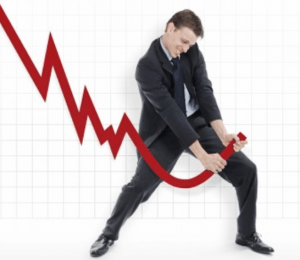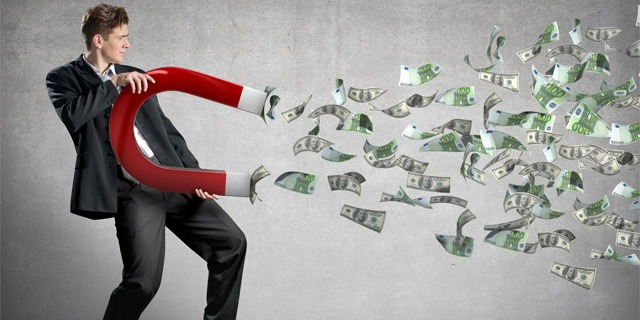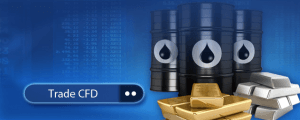Trading CFD for a living, to the average trader is an elusive dream. It is difficult to accomplice. But to wise, bold traders, with creative ideas it is real.
Trading CFD for a Living is Difficult Not Impossible
Trading CFD for a living is far more possible than with trading through Futures, Options, or the spot market itself. The trick however is that success doesn’t work linearly in trading. Rather it tends to work exponentially. Every trader reaches a limit in their trading skills, a kind of threshold. If they manage to go beyond that, then profitability increases exponentially. Once this limit has been passed, one can see what a difference CFD contracts make. Trading CFD for a living becomes a routine thing, and profits keep on coming in. Not because traders have found the holly grail of predicting markets better. But because CFDs allow them to implement perfect, 100% linear and effective hedging on losing trades. It’s as if getting most of their losses back on the losing trades, while the profitable trades still remain profitable for the most part. CFDs also offer them great liquidity. Online CFD trading is so exciting that all creative traders find ways to deal with losing trades. For example, why use tight stops and risk losing money in a sideways market. When all the trader wants is few hours to let the market settle, and make a decision on the losing trade later. CFD hedging provides the answer, it locks the losing trade by offsetting the losses. And when the market has settled, and the trader has made a decision, with clear mind, they act accordingly on these trades. Success works exponentially, not linearly when trading forex. But it is the very fact that CFDs are themselves very linear in their pricing. Which makes trading through CFDs an even more powerful strategy, once the trader goes beyond their initial limit. It is possible to trade for a living, except that you won’t have a monthly income. Traders who trade for a living tend to increase their account size exponentially, all the way. Until personal limitations, or market conditions impose natural limits. The safety limit on trade size is at around $100 per pip. Once traders reach this size, they will start having liquidity problems, especially if trading fast. But by that time, they will have made millions.

Trading CFD for a Living – It’s a Matter of Faith As Well
Many people will try to discourage you from advancing your trading. These are socially conditioned people who believe that having a 9 to 5 job, is everything in life. And that not having one is like not having an identity. Embarking on trading CFD for a living will surely pose challenges and problems, until you reach your pivotal skills limit. Once you pass that, profits will increase so much, that your confidence will be boosted. And when one has a lot of confidence, other people’s opinion does not matter. Everyone is entitled to having an opinion, and you should simply agree to disagree with them. And it’s not just for trading online. In many aspects of life, you will have to question other people’s opinion. Because people are socially conditioned, and suffer from so called peer syndrome. They would rather accept the wrong opinion, just to make themselves socially compatible. Rather than the correct opinion, and lose that compatibility.
People in general tend to have a negative attitude towards risk takers. They will simply try to dismiss stories of millionaire traders and CFD trading stories, as being fictitious and nonsensical. But they do so through forceful thinking, without evaluating any facts. And it’s all because they don’t want to accept that someone else out there, is so much smarter then them. Wise traders know to evaluate facts, and that trading CFD for a living is possible. If you simply flip the trades of any losing trading method, you will end up with a winning one. The tricky part is in evaluating open losses fast. So as to cut losers short and let winners run for longer. That’s what classic trading theory has been telling us for years. But it hasn’t given us any practical tips to actually evaluate open trades. In reality, it is possible to evaluate open trades and have a profitable trading system. One where total drawdown of no more than 30%, at all times. So no matter what people will tell you in their efforts to discourage you from pursuing trading success. Profitable trading does in fact exist! And it’s best to keep quiet about your own efforts and your trading success. Once you are past the simple CFD trading guide books and seminars, you will be leading a mission of secrecy, where you will look to make money trading. And not seek recognition among negative thinkers. Keep these people away from your trading. If success comes, you can disguise your financial status through some classic business. Say you invested abroad or you are dealing in antiques, and people will buy your story.










